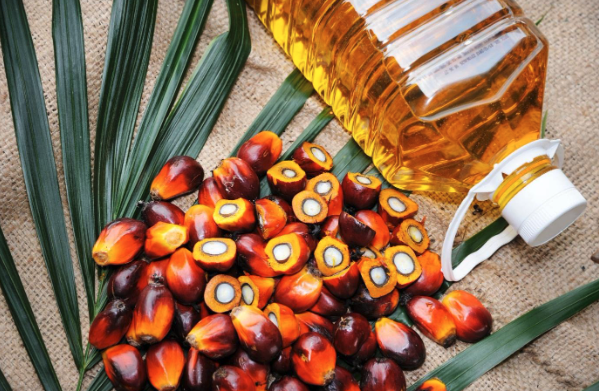

Palm oil is one of the most commonly used edible oils in India, found in everything from biscuits and namkeen to fried snacks and packaged sweets. Despite its widespread use in Indian households and food industries, it has often been misunderstood, especially when it comes to health. At 3FOP, we believe in setting the record straight—using facts, not fear—to help consumers make informed choices about the oils they use every day.
A common concern surrounding palm oil is that it contains saturated fat. Yes, palm oil has about 50% saturated fat, but that number doesn’t mean it’s unhealthy. In fact, this places palm oil squarely in the middle of the range when compared with other commonly used fats in Indian kitchens. Ghee—a staple in Indian cooking and Ayurveda—has around 62% saturated fat, while coconut oil contains over 80%. By contrast, oils like sunflower, soybean, and mustard oil are lower in saturated fat but are also more unstable under high heat. Palm oil offers a balanced profile—making it both functional and safe when used in moderation.
In addition to saturated fat, palm oil contains around 40% monounsaturated fats, primarily oleic acid—the same heart-friendly fat found in olive oil. It also has a smaller portion of polyunsaturated fats and is rich in natural antioxidants like Vitamin E in the form of tocopherols and tocotrienols, which help protect cells from damage.
One of the biggest health advantages of palm oil is that it contains zero trans fats. Unlike partially hydrogenated oils (often used in older vanaspati products), palm oil does not undergo chemical modification to achieve a semi-solid texture. It is naturally semi-solid at room temperature, making it ideal for bakery products, frying, and snack manufacturing—without the health risks associated with trans fats. Replacing hydrogenated oils with palm oil has helped significantly reduce trans-fat consumption in the Indian diet over the past decade.
Palm oil is also exceptionally stable at high temperatures, which makes it ideal for deep frying—a method commonly used in Indian cooking. It doesn’t break down easily, even after repeated frying cycles, which helps reduce the formation of harmful compounds. This stability helps retain flavour, improve shelf life, and ensure food safety.
Another key reason palm oil is widely used in Indian food products is affordability. It is one of the most cost-effective oils available, thanks to its high yield and efficient production. This cost advantage allows manufacturers to create quality food products at prices that remain accessible to everyday consumers, making palm oil an essential part of India’s food supply chain.
Global and Indian health authorities—including the World Health Organization (WHO) and Indian Council of Medical Research (ICMR)—recognize that palm oil is safe to consume when used as part of a balanced and diverse diet. Like with any edible oil—be it ghee, mustard oil, groundnut oil, or sunflower oil—moderation is key. A healthy diet is not about cutting out any one oil entirely, but about balancing fats, whole foods, fruits, vegetables, and lifestyle.
At 3FOP, we are committed to producing clean, high-quality palm oil that meets stringent food safety standards. Our oil is refined responsibly, without adulterants or contaminants, and is trusted by food manufacturers and families alike. Palm oil deserves to be judged on facts, not fear—and when the facts are clear, it’s easy to see why it remains one of the most versatile and valuable oils in Indian kitchens.

6-3-569/2, 1st & 3rdFloor, Rockdale, Somajiguda,
Hyderabad, 500082
Telangana, India.